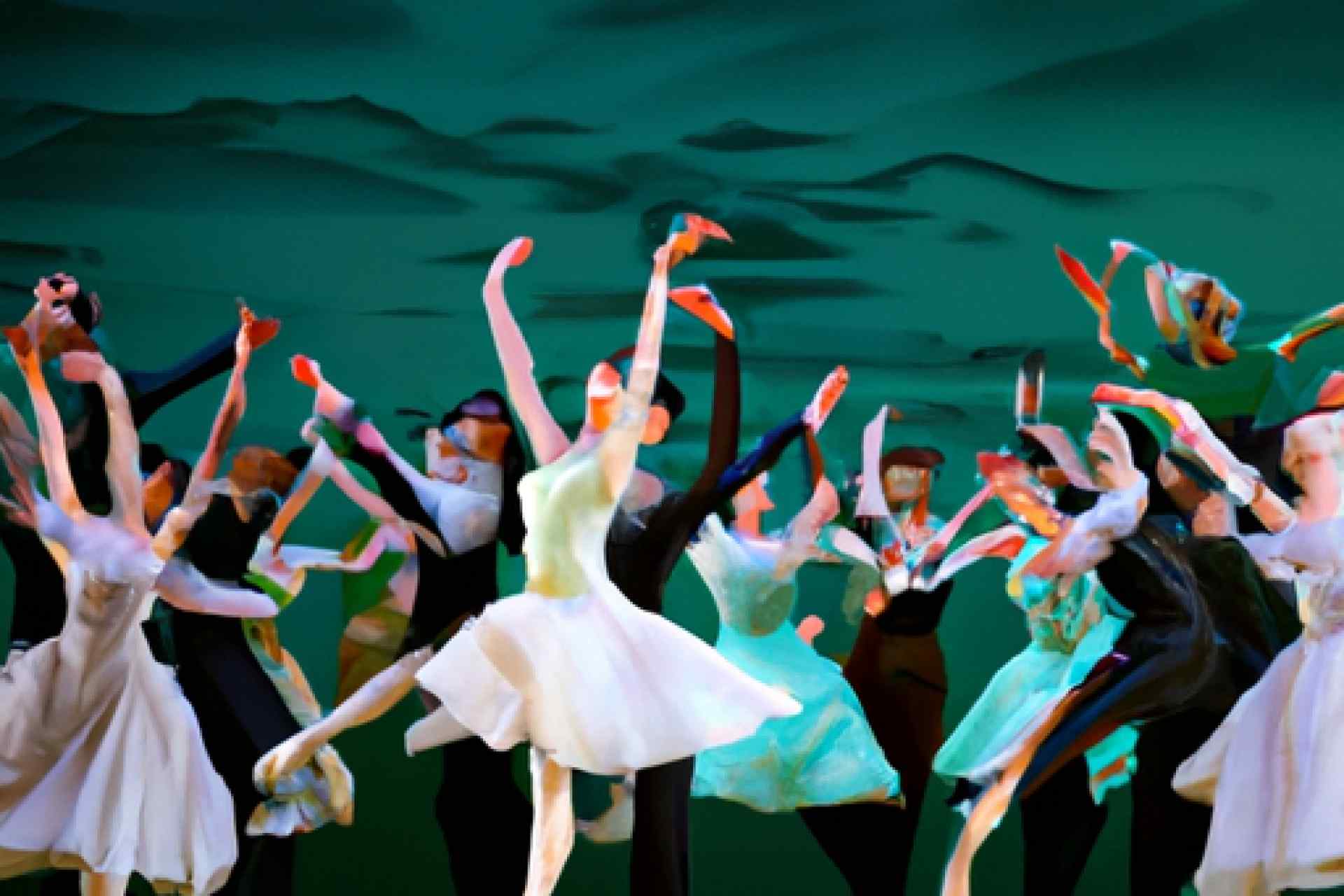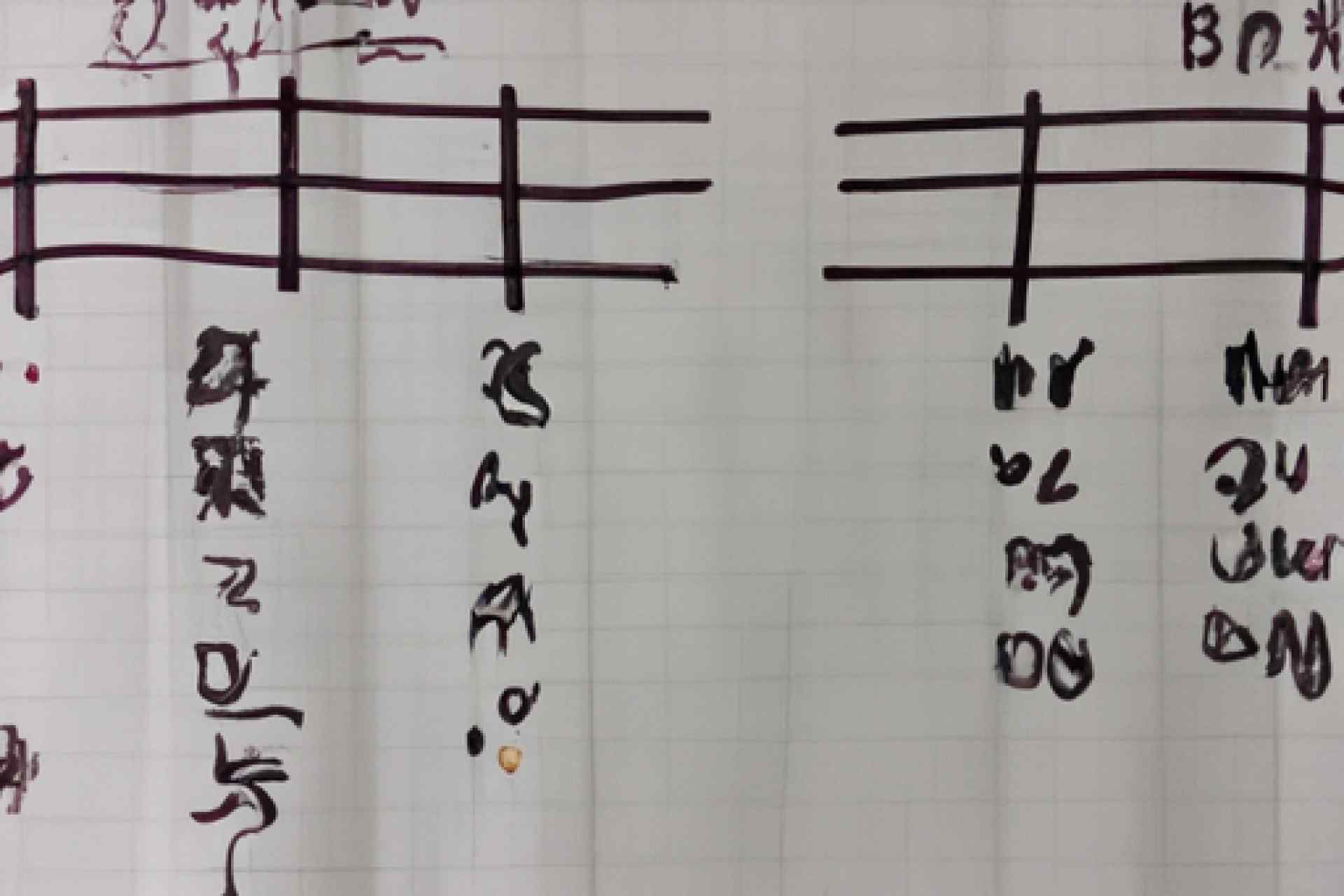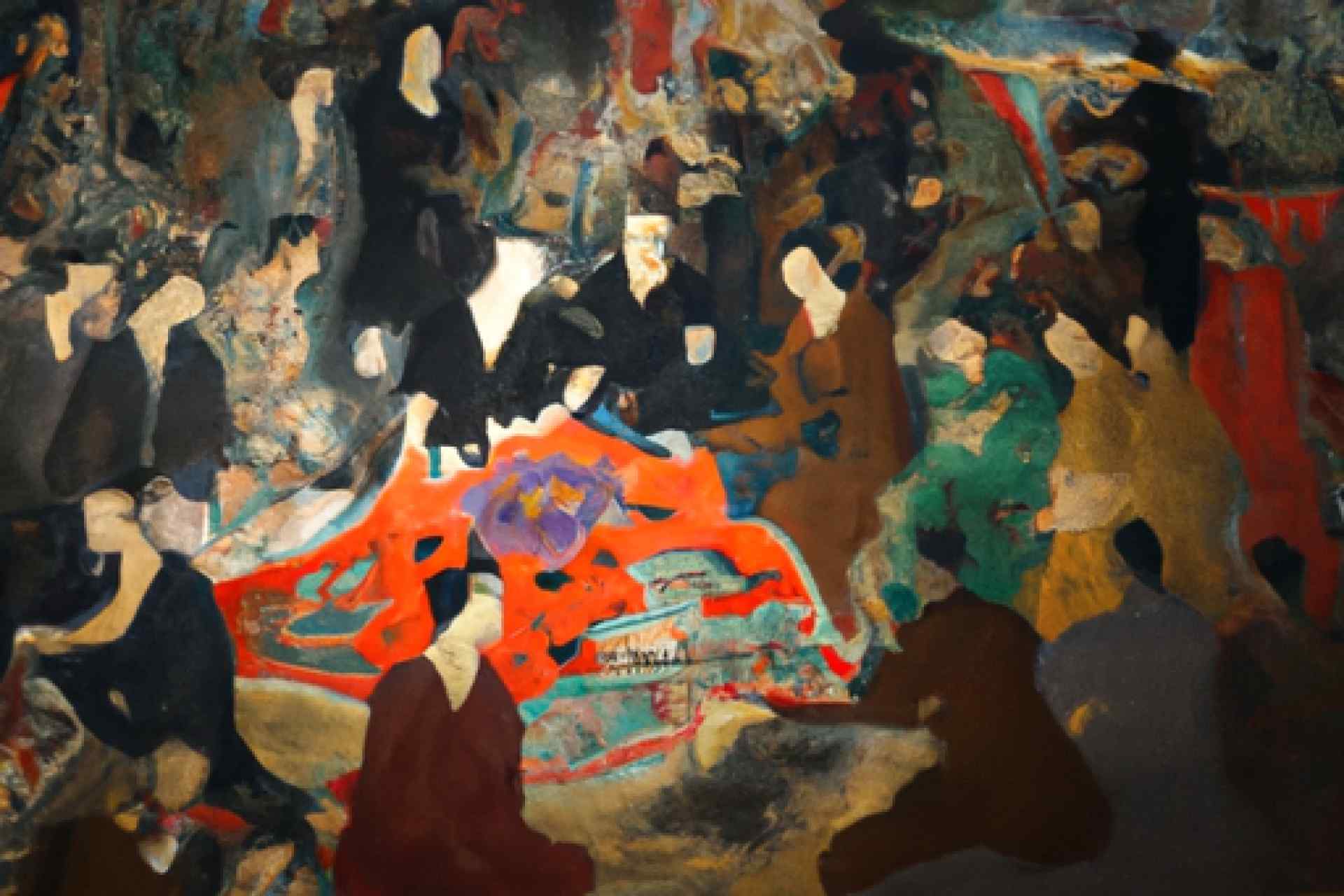芭蕾舞文化介绍 :俄罗斯芭蕾舞发展史 雅思
发布:2023-04-13 02:21:17 分类:留学知识 点击:1000 作者:管理员
Ballet Culture Introduction: The History of Russian Ballet Development
Ballet is considered one of the most elegant and graceful forms of dance in the world. Originating in Italy during the Renaissance period, ballet has since captured the attention and hearts of people worldwide, becoming a staple in classic performing arts. Among the countries that have contributed significantly to the development of ballet is Russia. Russian ballet has been hailed for its technical excellence, poetic expressiveness, and the overall quality of performance.
Russian ballet has a rich history that has witnessed significant changes over the years. The country's contribution to ballet can be traced back to the eighteenth century. The Empress Anna Ivanovna built the first Russian ballet company in her court in 1735. However, the real breakthrough came during the reign of Catherine the Great who expanded the ballet company to an independent institution, preparing it for a large scale expansion. This led to the establishment of the Imperial Ballet School in 1738, which was later renamed the Vaganova Academy of Russian Ballet.
In the nineteenth century, the influence of the Romantic era was prominent on Russian ballet. The renowned Marius Petipa, a French ballet master, started working with the Russian Imperial Ballet in 1847. He was responsible for creating various ballets, including The Sleeping Beauty, The Nutcracker, and Swan Lake. These performances are now established masterpieces that are frequently performed by ballet companies worldwide.
The evolution of Russian ballet continued in the twentieth century. The Bolshoi Ballet, founded in 1776, became the most prominent ballet company in the world. The company included great names such as Galina Ulanova and Rudolf Nureyev. Nureyev made headlines around the world when he defected to the West in 1961. He has since become a household name in the ballet world and inspired generations of ballet performers.
During the Soviet era, the government placed great emphasis on the development of ballet as a symbol of national prestige. This led to the establishment of several ballet schools and the support of the government for the art. The Soviet era also saw an increase in the spread of ballet throughout the country, making it accessible to more people.
The fall of the Soviet Union marked a new era for Russian ballet. The transition brought changes to the way ballet was produced and the way dancers were trained. However, the foundations that had been laid during the Soviet era enabled Russian ballet to maintain its reputation as one of the best in the world. Today, some of the best ballet companies in the world are based in Russia.
Russian ballet has been celebrated for its technical achievements, including remarkable extensions, spins, and jumps. The unique style of Russian ballet is characterized by powerful leaps, quick and sharp turns, and a grandiose expression. Today, many ballet companies worldwide continue to learn from and seek the expertise of Russian ballet professionals, furthering the development of the art form.
In conclusion, the contribution of Russia to the evolution of ballet cannot be overemphasized. From the establishment of the first Imperial Ballet Company in the eighteenth century to the present day, the country has played a significant role in shaping the modern ballet scene. Russia has produced some of the best ballet professionals in the world, and its ballet companies continue to impress worldwide audiences with their remarkable performances.



















